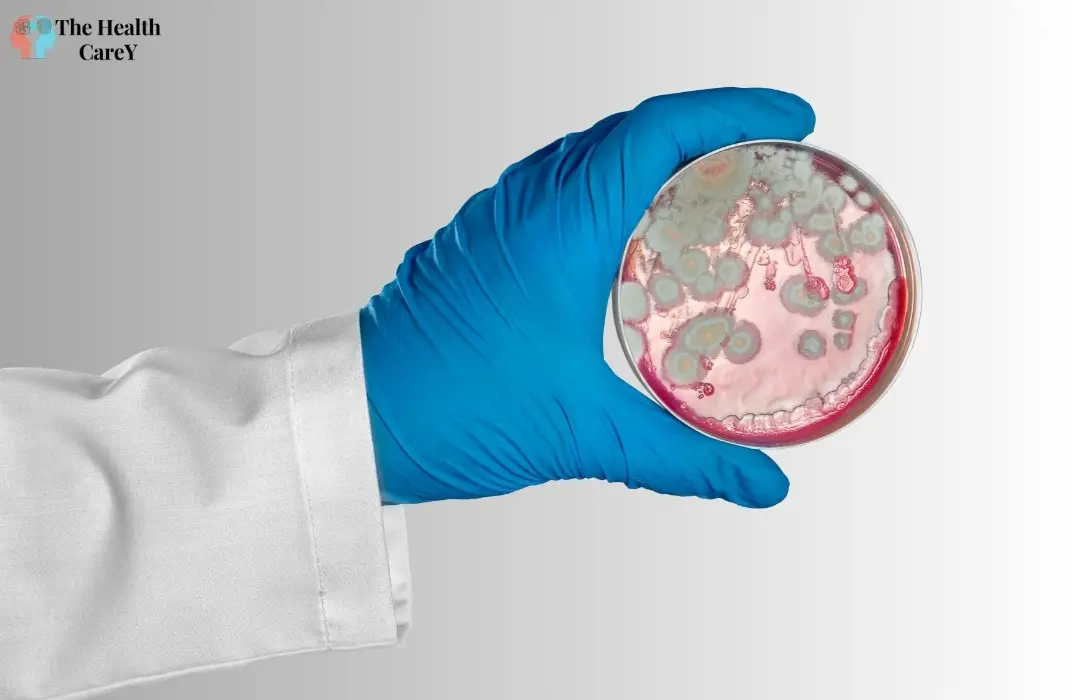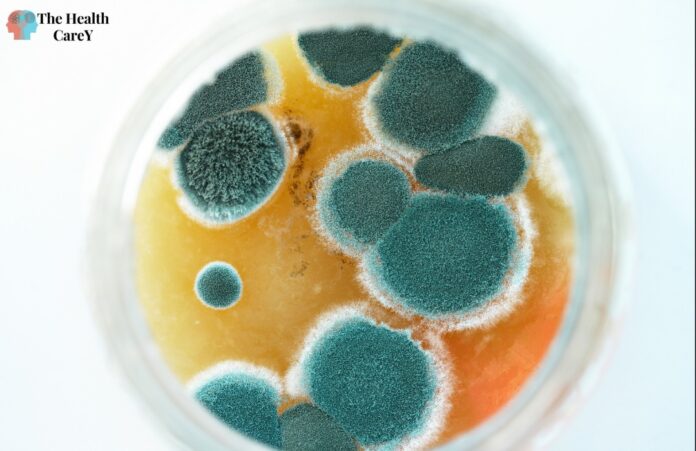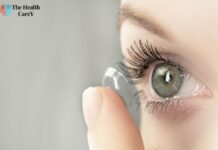If you’ve ever had mold in your home, you know it can be a hassle to get rid of. But did you know that mold can also be toxic? Mold toxicity occurs when you inhale or come into contact with mold spores that contain mycotoxins, which are toxic substances produced by certain molds. These toxins can cause a range of physical and psychological symptoms, some of which can be severe.
It’s important to know the warning signs of mold toxicity so that you can take action to protect yourself and your family. Some of the physical warning signs include coughing, wheezing, and difficulty breathing, while psychological warning signs can include anxiety, depression, and memory loss. Long-term exposure to mold toxins can also lead to serious health problems, including neurological damage and cancer.
If you suspect that you may be experiencing mold toxicity, it’s important to seek professional help. A qualified healthcare provider can diagnose your symptoms and recommend a course of treatment. In the meantime, there are steps you can take to prevent mold growth in your home and reduce your risk of exposure to mold toxins.
What is Mold Toxicity?
Mold toxicity is a condition that occurs when you inhale or ingest mold spores, which produce toxins that can cause a range of health problems. Mold grows in damp, dark areas, and can be found in homes, schools, and workplaces.
Exposure to mold can cause a variety of symptoms, including respiratory problems, skin irritation, and headaches. In some cases, mold toxicity can lead to more serious health problems, such as immune system disorders and neurological damage.
Mold toxicity is often difficult to diagnose, as symptoms can be similar to those of other conditions. If you suspect that you have been exposed to mold, it is important to seek medical attention as soon as possible.
There are a number of steps you can take to prevent mold growth in your home or workplace, including keeping humidity levels low, fixing leaks promptly, and ensuring proper ventilation. If you do discover mold in your home or workplace, it is important to have it removed by a professional to reduce the risk of exposure to mold toxins.
Causes of Mold Toxicity
Mold toxicity is caused by exposure to mold spores that produce mycotoxins. Mold spores are present in the air and can grow on damp surfaces. When mold spores are inhaled or ingested, they can cause a range of health problems, including mold toxicity.
Here are some of the most common causes of mold toxicity:
- Water damage: Water damage can occur due to flooding, leaks, or high humidity levels. When water damage is not addressed promptly, it can create the perfect environment for mold growth.
- Poor ventilation: Poor ventilation can lead to high humidity levels, which can promote mold growth. Inadequate ventilation can also trap mold spores indoors, increasing the risk of exposure.
- Dampness: Dampness can occur due to leaks, condensation, or high humidity levels. Dampness provides the ideal conditions for mold growth and can increase the risk of mold toxicity.
- Poor building design: Poor building design can contribute to mold growth by creating areas of high humidity, poor ventilation, and water damage.
- Indoor plumbing problems: Indoor plumbing problems, such as leaks or burst pipes, can lead to water damage and mold growth.
- Environmental factors: Environmental factors, such as living in a damp or humid climate, can increase the risk of mold growth and mold toxicity.
If you suspect that you may be suffering from mold toxicity, it is important to seek medical attention. Your doctor can help you determine the underlying cause of your symptoms and recommend the appropriate treatment.
Mold Toxicity Physical Warning Signs
If you suspect that you have mold toxicity, it is essential to know the physical warning signs. Here are the most common physical symptoms associated with mold toxicity:
Respiratory Issues
Mold spores can cause respiratory issues, especially if you inhale them for an extended period. The following are respiratory symptoms that you may experience if you have mold toxicity:
- Coughing
- Wheezing
- Shortness of breath
- Asthma attacks
- Sinus congestion
If you experience any of these symptoms, it is essential to seek medical attention immediately.
Skin Irritations
Mold toxicity can also cause skin irritations. The following are skin symptoms that you may experience if you have mold toxicity:
- Rashes
- Hives
- Itching
- Redness
If you experience any of these symptoms, it is essential to seek medical attention immediately.
Vision Problems
Mold toxicity can cause vision problems. The following are vision symptoms that you may experience if you have mold toxicity:
- Blurry vision
- Red eyes
- Light sensitivity
- Eye irritation
If you experience any of these symptoms, it is essential to seek medical attention immediately.
Neurological Symptoms
Mold toxicity can also cause neurological symptoms. The following are neurological symptoms that you may experience if you have mold toxicity:
- Headaches
- Dizziness
- Fatigue
- Memory loss
- Difficulty concentrating
If you experience any of these symptoms, it is essential to seek medical attention immediately.
In conclusion, if you experience any of the physical warning signs mentioned above, it is crucial to seek medical attention immediately. It is also essential to address the root cause of the mold toxicity to prevent further health complications.
Mold Toxicity Psychological Warning Signs
When it comes to mold toxicity, the physical symptoms are not the only ones to look out for. Psychological symptoms can also indicate that you have been exposed to mold. Here are some psychological warning signs to be aware of:
Mood Swings
Mold toxicity can cause mood swings that range from mild to severe. You may find yourself feeling irritable, anxious, or depressed for no apparent reason. You may also experience sudden mood swings that can be difficult to control. If you notice that your mood is changing without any explanation, it may be a sign that you have been exposed to mold.
Memory Problems
Memory problems are another psychological symptom of mold toxicity. You may find that you are having difficulty remembering things that you used to know easily. You may also find that you are forgetting things that you just learned. If you are experiencing memory problems, it is important to talk to your doctor to rule out any other underlying conditions.
Difficulty Concentrating
If you are having difficulty concentrating, it may be a sign that you have been exposed to mold. You may find that you are having trouble focusing on tasks that used to be easy for you. You may also find that you are easily distracted and have trouble staying on task. If you are experiencing difficulty concentrating, it is important to talk to your doctor.
In summary, mold toxicity can cause psychological symptoms such as mood swings, memory problems, and difficulty concentrating. If you are experiencing any of these symptoms, it is important to talk to your doctor to determine the underlying cause and receive appropriate treatment.

Long-Term Health Risks of Mold Toxicity
If you have been exposed to mold for an extended period, you may experience long-term health risks. These risks can range from mild to severe and can vary depending on the duration and intensity of exposure. Here are some of the long-term health risks of mold toxicity:
Respiratory Problems
Prolonged exposure to mold can lead to respiratory problems such as asthma, chronic bronchitis, and other respiratory infections. These conditions can cause coughing, wheezing, shortness of breath, and chest tightness.
Neurological Symptoms
Mold exposure can also cause neurological symptoms such as headaches, memory loss, and mood swings. In severe cases, it can lead to seizures and other neurological disorders.
Immune System Suppression
Mold toxicity can suppress your immune system, making you more susceptible to infections and illnesses. This can lead to chronic fatigue, frequent colds and flu, and other immune-related disorders.
Skin Irritation
Mold exposure can cause skin irritation and rashes. This is especially common in individuals with sensitive skin or allergies.
Gastrointestinal Problems
Mold toxicity can also cause gastrointestinal problems such as nausea, vomiting, and diarrhea. These symptoms are typically mild but can be severe in some cases.
Other Health Risks
In addition to the above, prolonged exposure to mold can also lead to other health risks such as:
- Cardiovascular problems
- Liver and kidney damage
- Cancer
It is important to note that not everyone who is exposed to mold will experience these long-term health risks. However, if you have been exposed to mold for an extended period, it is important to monitor your health and seek medical attention if you experience any of the above symptoms.
Prevention of Mold Toxicity
Preventing mold growth in your home is the best way to avoid mold toxicity. Here are some tips to help you prevent mold growth:
- Keep your home dry: Mold thrives in damp environments, so it’s important to keep your home dry. Fix any leaks in your roof, walls, or plumbing as soon as possible. Make sure your home is properly ventilated, especially in areas like bathrooms, kitchens, and laundry rooms.
- Control humidity: Humidity levels above 60% can encourage mold growth. Use a dehumidifier to keep humidity levels in check, especially in areas like basements and crawl spaces.
- Clean up spills and leaks immediately: If you have a spill or leak, clean it up immediately. Don’t let water sit for more than 24-48 hours, as this can encourage mold growth.
- Use mold-resistant products: When renovating or building your home, use mold-resistant products like drywall, paint, and insulation.
- Keep your home clean: Regularly clean your home to remove dust, dirt, and other debris that can provide a breeding ground for mold. Use a vacuum with a HEPA filter to remove mold spores from carpets and upholstery.
- Use air purifiers: Air purifiers can help remove mold spores from the air. Look for a purifier with a HEPA filter, which can capture particles as small as 0.3 microns.
By following these tips, you can help prevent mold growth in your home and reduce your risk of mold toxicity.
Professional Help for Mold Toxicity
If you suspect that you have mold toxicity, it is important to seek professional help. A healthcare provider can help you determine if you have mold toxicity and provide treatment options.
Here are some professionals who can help with mold toxicity:
- Environmental hygienist: An environmental hygienist can perform an inspection of your home or workplace to identify the source of the mold and provide recommendations for remediation.
- Mold remediation specialist: A mold remediation specialist can remove the mold from your home or workplace. They can also provide recommendations for preventing future mold growth.
- Allergist: An allergist can perform allergy testing to determine if you are allergic to mold. They can also provide treatment options for mold allergies.
- Primary care physician: Your primary care physician can help you manage the symptoms of mold toxicity and provide referrals to other healthcare providers if necessary.
It is important to choose a professional who is experienced in treating mold toxicity. Be sure to ask for references and check their credentials before hiring them.
In addition to seeking professional help, it is important to take steps to prevent mold growth in your home or workplace. This includes fixing leaks, reducing humidity levels, and properly ventilating areas prone to moisture.
Frequently Asked Questions
What are the common symptoms of mold toxicity?
The common symptoms of mold toxicity include respiratory problems, such as coughing, wheezing, and shortness of breath. Other symptoms may include headaches, fatigue, skin irritation, and eye irritation. If you experience any of these symptoms, it is important to seek medical attention.
How can mold toxicity be diagnosed in humans?
Mold toxicity can be diagnosed through a variety of tests, including blood tests, urine tests, and skin tests. Your doctor may also perform a physical exam and ask about your symptoms and medical history.
What are the potential health effects of mold exposure?
The potential health effects of mold exposure can vary depending on the individual and the severity of the exposure. In some cases, mold exposure can cause respiratory problems, skin irritation, and eye irritation. In more severe cases, it can lead to chronic health problems, such as asthma and other respiratory illnesses.
What are some ways to treat mold toxicity?
Treatment for mold toxicity may include medications to alleviate symptoms, such as antihistamines and decongestants. In some cases, your doctor may recommend immunotherapy or other treatments to help your body build up immunity to mold.
When should you seek medical attention for mold exposure?
You should seek medical attention for mold exposure if you experience any symptoms, such as respiratory problems, skin irritation, or eye irritation. If you have a history of respiratory problems or other chronic health conditions, it is especially important to seek medical attention if you are exposed to mold.
What are some lesser-known symptoms of mold toxicity?
Lesser-known symptoms of mold toxicity may include memory problems, mood changes, and difficulty concentrating. If you experience any of these symptoms, it is important to seek medical attention to determine if mold exposure may be the cause.
Also Read:
Does Amoxicillin Make You Tired?






















